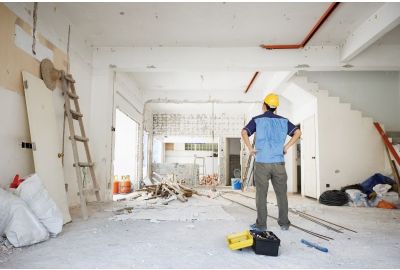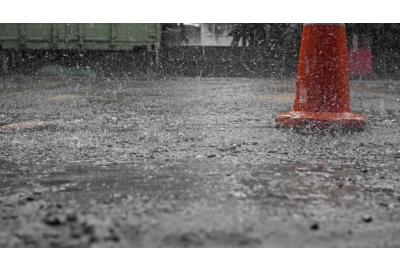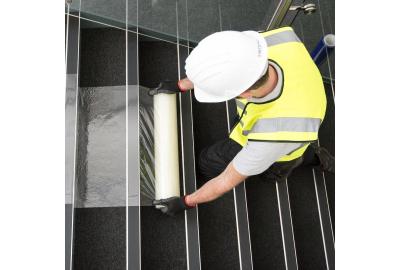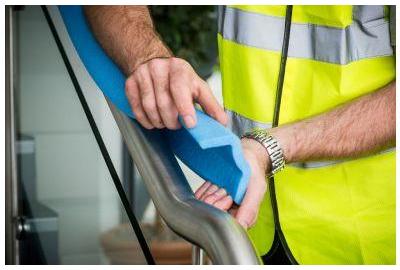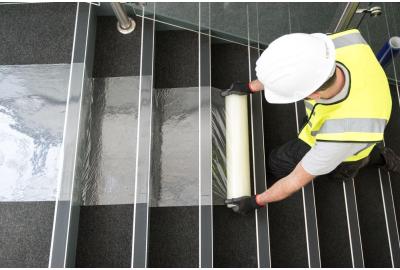When working on a construction project, building site, or renovation, it is vital that the correct temporary protection materials are used. These useful products help protect surfaces and objects during the project by stopping scratches, dents, and spills from occurring. Many of the surfaces around a building site are delicate, so you want to make sure they don’t get damaged. But how do you know which materials to use? In this guide, we offer advice for choosing the right temporary protection materials, so you can get the job done right.
Surface considerations
One of the major considerations when it comes to choosing the right temporary protection materials are the surfaces that need protecting. You will need to think about your project and what surfaces are involved.
Floor protection
Floor protection is an essential part of most projects, but the materials you choose will depend on the type of floors that exist on your site. There will likely be multiple floor types, from wood and vinyl to stone and carpet.
Some floor protection materials are more versatile than others, such as correx, which can be used on multiple floor types. However, for carpet, you will want to use carpet protection film.
Use the links below to see which temporary protection materials are best for different floor types:
READ ALSO: What is the best way to protect carpets?
Other surfaces
Are there windows that need protecting during your project? If so, you will need protection materials such as window protection film or correx protection sheets.
Door protection sleeves might also be needed, as will protection fleece for wooden and tiled stairs or carpet film for carpeted stairs.
Will your construction site experience heavy foot traffic? In this case, rubber dirt trap mats might come in handy.
Location considerations
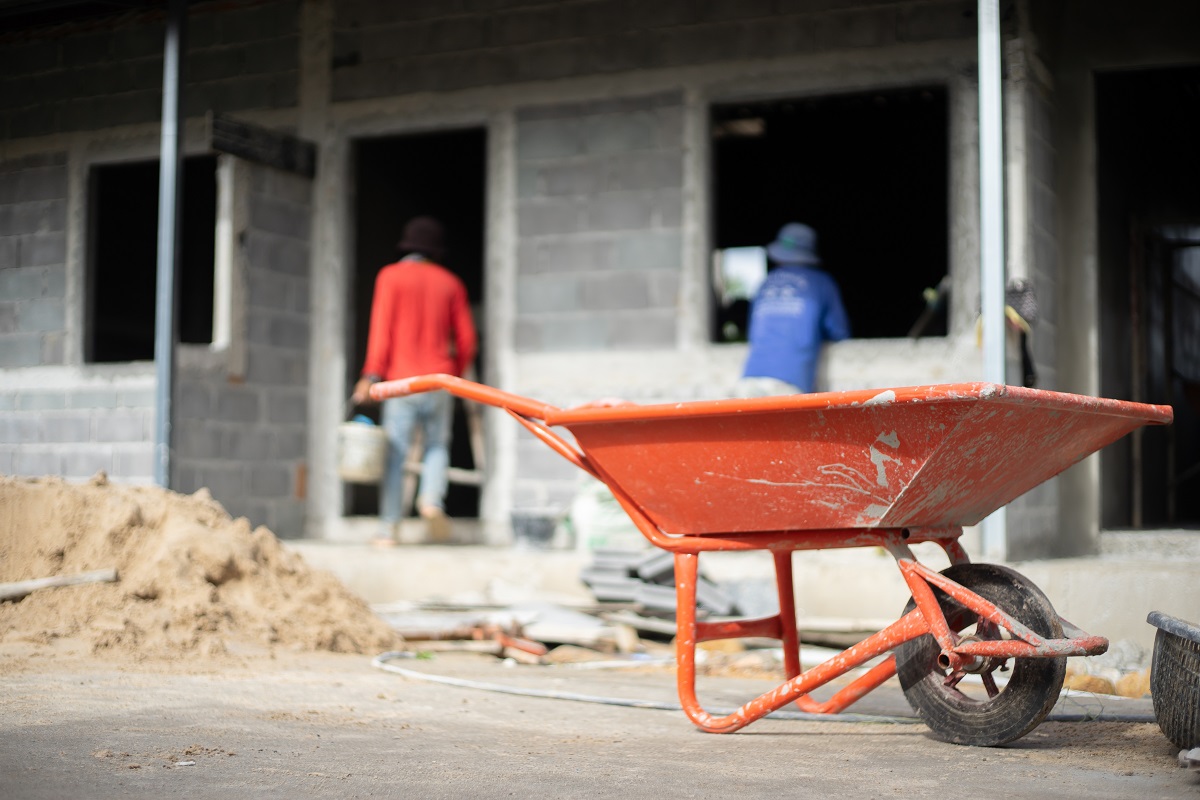

It’s also important to consider the location of your project or building site as this will directly impact the type of temporary protection materials you choose. For example, you might be working on an outdoor location and will therefore need protection products that are suited to guarding against the elements.
External ground protection materials are ideal for outdoor projects, helping to create safe routes and protect the ground from rain, foot traffic, and heavy machinery. Tarpaulins are another handy item to utilise, protecting exposed areas of buildings and outdoor areas while you get to work.
If your site location experiences moisture, utilising damp proof membrane as a moisture barrier, roof covering, or temporary floor protection is a smart idea. There are also materials that can be used during extreme heat, like aluminium foil tape and fire retardant polythene sheeting.
READ ALSO: The benefits of fire-retardant temporary protection
Environmental considerations
There are certain environmental considerations when it comes to choosing the right temporary protection materials. There are various regulations in place for the construction industry so that sustainable practices are put in place and many companies will have their own environmental policies that guide their work.
Therefore, you will want to utilise sustainable surface protection materials, helping you to meet requirements across the board. Reusable materials like polythene sheeting will allow you to reduce waste, and recyclable products like correx will prevent unnecessary waste being produced.
Budget considerations


Of course, every project has its budget constraints, and you will therefore need to consider how much you are able to spend on temporary protection materials. While you will need to allocate your funds wisely, temporary protection is not something to skimp on. Buying poor quality materials or not using them at all, will end up costing you more money on expensive repairs due to inevitable accidents.
Temporary protection materials can help you use your budget more effectively, especially if you utilise products that are reusable and recyclable. If you can use your temporary protection again throughout the project or on another project, you will save money in the long run. Also, recyclable materials can save you money as you won’t have to fork out for costly waste disposal processes.
Supplier considerations
To help you pick the right protection materials, you will want to shop with a renowned supplier with a wide range of high-quality temporary protection products.
By doing so, you know you are buying premium products and will have access to everything you need for all components of your project. Here at Beck, our Proguard range is used by professionals across a range of industries.
Whether you need construction surface protection or materials for the marine industry, we’ve got you covered.
READ ALSO: Weatherproofing your construction site
Tips for choosing the right temporary protection materials
- Know what surfaces need protecting
- Asses the location of your project
- Consider your impact on the environment
- Think about your budget
- Choose a quality supplier
We hope this guide has been helpful and given you an understanding of the different types of protection materials that are required. From impact protection for floors to outdoor materials, a project can use a wide range of products.
To get the materials you need for your next job, browse the temporary protection products we have available or get in touch with any questions.

